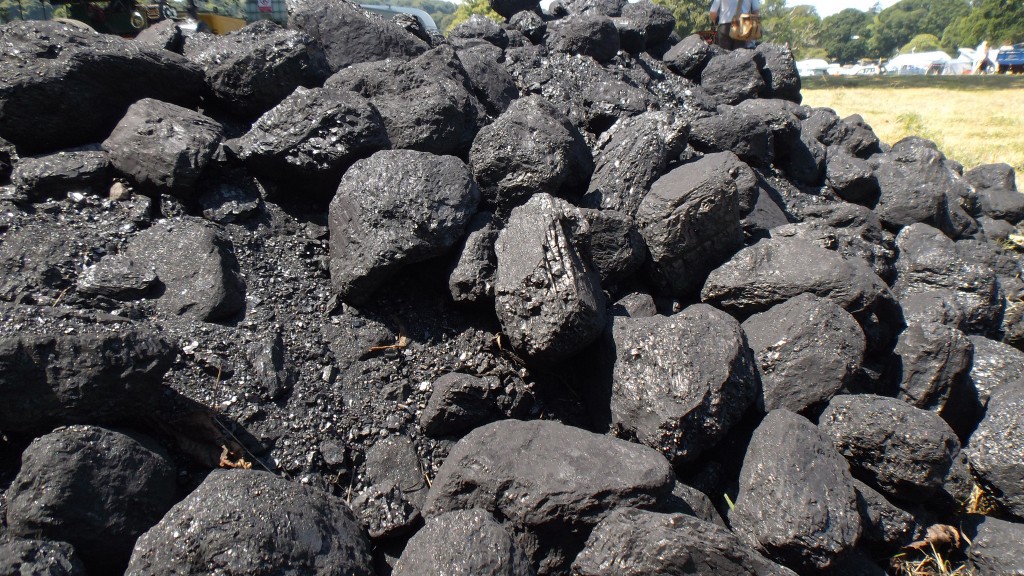Coal is the worst fossil fuel, that much is clear.
Its carbon footprint per kilowatt-hour of electricity when it's burned by electric utilities to make electricity is far, far higher than that of natural gas.
And that's even before the slowly improving economics of renewable sources come into play, from home solar photovoltaic panels to huge industrial-scale solar and wind farms.
DON'T MISS: Final EPA Power-Plant Rules: Far More Impact On Coal States
That high carbon footprint is what's driven advocates to push aggressively toward eliminating coal as a major component of U.S. and world fuel supplies for electric generation.
The "Beyond Coal" campaign urges the notion that it's entirely possible to continue our current energy usage while entirely removing the fuel from the picture.
And the EPA regulations on power-plant emissions issued last week aggressively target coal-fired generating plants.

Coal, by Flicker user oatsy40 (Used Under CC License)
But an interesting article last weekend in The New York Times suggests that in fact, coal might well wane of its own accord regardless of any EPA regulations.
The causes are simply economic: The "tight gas" revolution that has seen huge new supplies of U.S. natural gas come online due to hydrofracking undercuts coal on price.
While the current low global oil price is widely thought to be a Saudi effort to make more costly fracked natural gas uneconomic, that may not in fact be possible, argues author James Stewart.
ALSO SEE: Coal Is Becoming A Stranded Asset (Oct 2013)
Instead, while fracked gas is "mid-cost," producers are delaying new exploration but driving down the costs of existing production to make that gas more competitive.
And the market has taken notice: "It’s collapsing prices and heavy debt loads that are driving the industry into bankruptcy," Stewart writes.
Over the last four years, coal prices have fallen by an astounding 70 percent--and coal plants are still being decommissioned throughout the U.S.
Virtually no new coal-burning power plants are scheduled to replace them.

Photovoltaic solar power field at Volkswagen plant in Chattanooga, Tennessee
Stock prices for the largest coal companies have plummeted, and analysts increasingly view the companies' reserves of coal in the ground as stranded assets--valued at far more on the books than they will ever be if sold.
The change has been so rapid, Stewart suggests, that "the demise of the two biggest surviving publicly traded coal companies — Peabody Energy and Arch Coal, the nation’s two largest producers — may just be a matter of time."
Even China, long the world's largest consumer of coal for electricity, is reining in its utility sector. The country's government has ambitious plans to dominate the global solar-panel industry, and is aggressively incentivizing plug-in electric cars for transportation.
MORE: EPA's Coal-Plant Emissions Rules: This Will Be The Big Fight (Jun 2014)
In China's case, the reasons are a combination of a desire to reduce energy imports and increasing public anger over choking air pollution in most cities that exacts a huge health toll.
Back in the U.S., there's no little irony in the quick reversal wrong by a free-market approach.
"Market forces have accomplished in just a few years," Stewart writes, "what environmentalists and social advocates have struggled for decades to achieve."
_________________________________________________













